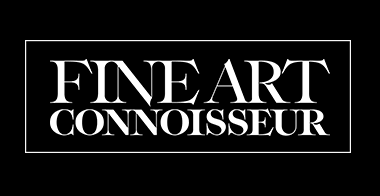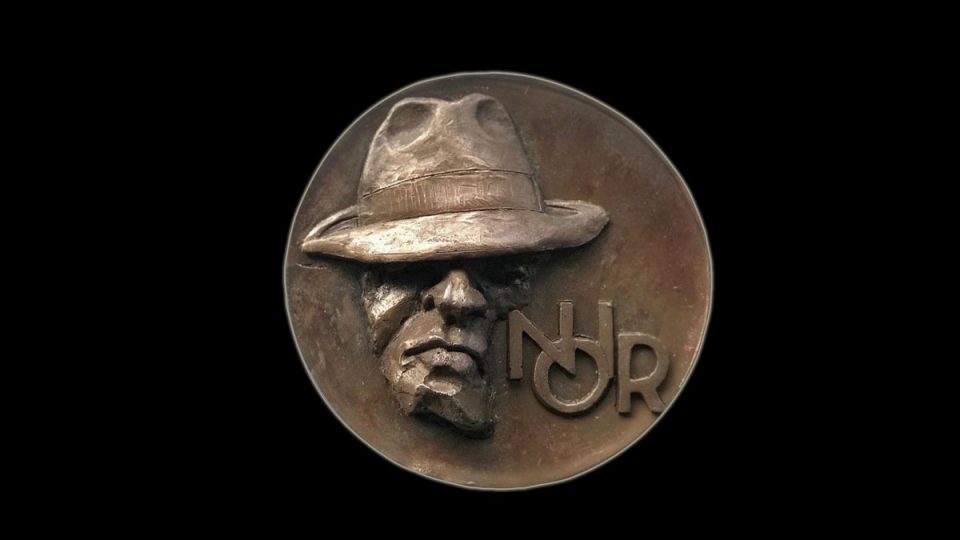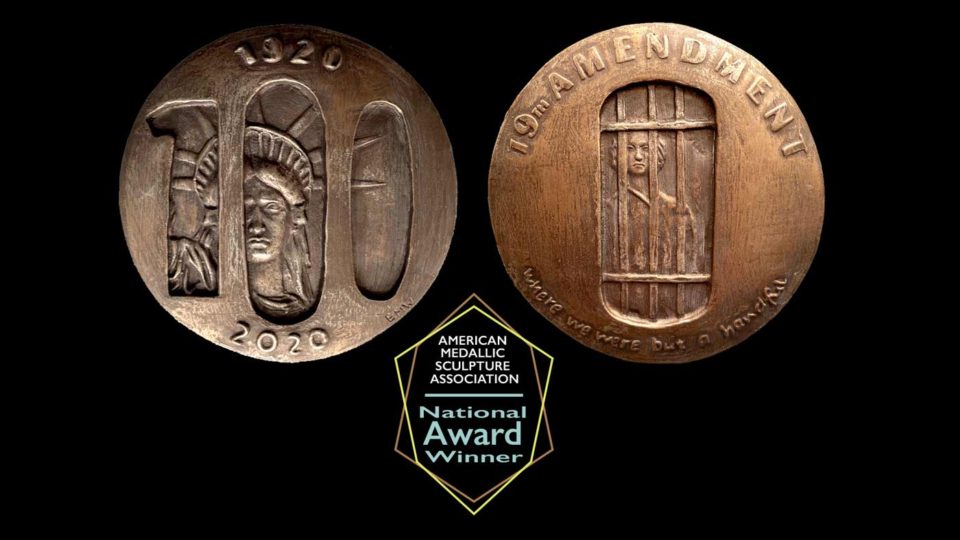
Eva Maria Wohn Wins AMSA Medal Competition Award
March 19, 2021
Eva Maria Wohn—A List of Recent Awards
January 24, 2022There is a lot of superb art being made these days.
This column by Allison Malafronte shines light on five gifted individuals.
The award-winning sculpture of the bronze and bas-relief portraitist EVA-MARIA WOHN lies in an expressive space somewhere between representation and abstraction. This Chicago-based artist is most comfortable in ambiguous areas, where lines are not fully drawn and meaning is not completely spelled out. “My art is about the feelings and stories in between,” she shares. “I’m fascinated with how people can make us feel, in spite of how we want to feel. It’s that momentary, involuntary emotion right before we struggle to regain our public face that I try to convey in my work.”
Self-taught and self-represented, Wohn prefers an independent approach to the vocation she is now fully dedicated to. As an adolescent, she demonstrated natural artistic talent and inclination but was encouraged to pursue a more practical career path. Wohn had a life-altering epiphany in her 40s, however, while working in the Middle East and witnessing the harsh living conditions, hostile regimes, and scarce resources that artists endured. “The world is full of artists who are prohibited from expressing themselves,” she says. “I realized at that point that the only thing standing in the way of me being an artist was me.”

EVA-MARIA WOHN, The Missing Piece, 2018, hydrostone and casein (also available in cold-cast bronze), 10 x 24 x 2 in., available from the artist.
Wohn returned home and hurled herself headlong into learning to sculpt, spending years studying, practicing, and developing her
skills. For the sculptures she creates today, she prefers the classic clay-to-bronze method for the vast range of emotional expressive- ness it offers. “Bronze is magnificent,” she observes. “It’s cold and brutally honest. In my portraits, I manipulate the clay into features that are instantly recognizable with emotions not totally clear — somewhere between laughter or fear, curiosity or sadness, joy or pain. I want observers to bring themselves to my portraits and know that I’ve left enough room to see what they want to see, or perhaps what they need to see.”
“My art is about the feelings and stories in between.”
Most recently, Wohn has developed a penchant for representational bas-reliefs as seen in The Missing Piece, illustrated here. “Bas- relief is perfect for allegory, serious or absurd, and allows a sculptor to be a storyteller in greater detail,” the artist explains. “I love chasing the highs and lows in a piece, knowing that the smallest twist of the tool can make or break a line. And I especially like that I can play with scale in a much larger format than with sculpture in the round. My goal is to create bas-relief in a way that I hope refreshes an art form that some find staid or old-fashioned. For me it has been immensely freeing.”
Contact Eva-Maria Wohn at ewohn@hotmail.com or (202) 341-3301.
This article first appeared in FINEARTCONNOISSEUR·COM NOVEMBER/DECEMBER 2021





